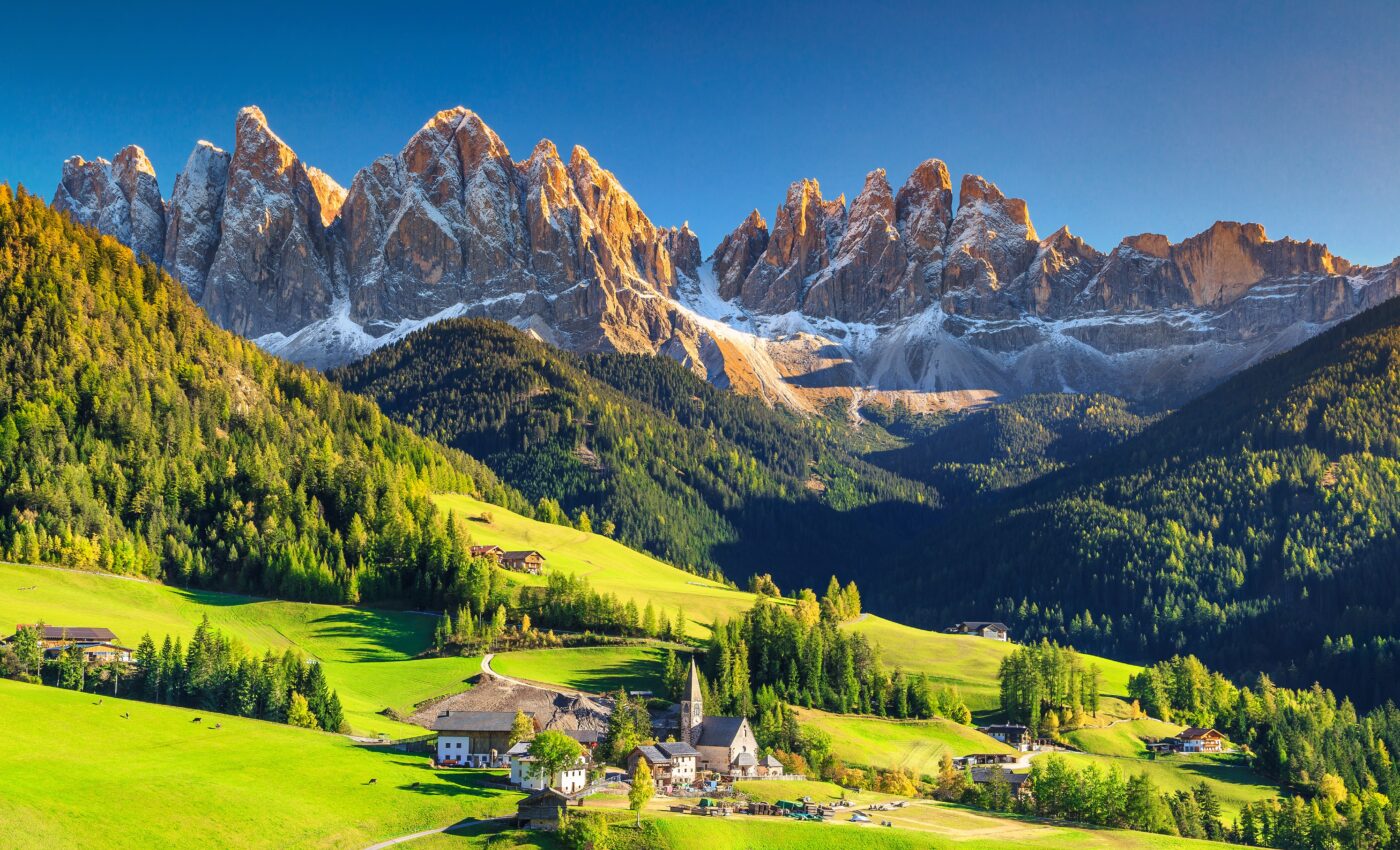
Italy's mountain forests are on the frontline of the climate crisis
Italy’s iconic mountain forests could soon undergo a historic transformation due to the ongoing climate crisis.
Trees that once stood tall, defining the European landscape, may become rare or vanish altogether, while others could start an uphill trek – potentially by several hundred meters.
Looking into the future
In a study published in Frontiers in Forests and Global Change, scientists mapped the forests of five mountain areas in Italy considered most susceptible to climate change, offering a glimpse into the future of these ecosystems.
“If I imagine my daughter walking with me as an old man, in our mountain forests, I can imagine that we can see the initial stage of a profound change of species,” said Dr. Sergio Noce, of the Euro-Mediterranean Center on Climate Change Foundation (CMCC).
This transformation won’t happen overnight. “Like any natural process, time is needed, and forests have times that are totally different from us,” said Dr. Noce.
Deep roots
The significance of forests extends far beyond their aesthetic appeal. They support local economies through wood products and wild foods like truffles. Their broader ecological role influences water availability and quality, promotes biodiversity, conserves soil, and provides recreational outlets.
Today, Italy has forests across a third of its territory, and this green expanse is growing. Yet, the increasing frequency of droughts, storms, and fires has left scars on these forests, thrusting them into a period of rapid environmental change. The mountain forests, in particular, are on the frontline of this climate crisis.
Focus of the study
Dr. Noce and his team ventured into these forests, creating detailed species distribution models for five regions stretching across the Apennines and the Alps.
The researchers combined these models with climate change projections derived from two distinct scenarios: a future with moderated emissions and another with “business as usual.”
Informing conservation efforts
As a result of the analysis, the experts visualized the potential habitats for trees leading up to 2050.
“Knowing which species will be advantaged or disadvantaged in future conditions can help us in planning, management, and conservation choices,” said Dr. Noce.
“The forest provides humans with very important ecosystem services – the regulation of the water cycle, the biodiversity, the wood and non-wood products, the tourism, the capture and storage of CO2 and many others. Every choice made today impacts these services for years to come and must be made with as much knowledge as possible.”
Fate of the forests
The research revealed shrinking habitats for the majority of species. A few, notably the European larch and the Turkey oak, might find broader horizons, potentially expanding beyond their current bounds. This pattern persisted under both scenarios, though the magnitude of change varied.
The predictions indicate an upward migration of the tree line, making species with niche habitats particularly vulnerable. Alpine meadows might become limited as trees gradually dominate their territory.
The silver fir and European beech emerged as notably vulnerable. Of the surveyed regions, the northern and north-eastern Apennines appeared most threatened, with their tree species particularly susceptible to alteration. Yet, forests with diverse species appeared to be more resilient.
Study implications
During this unprecedented transformation, certain tree species may introduce unexpected challenges. The Maritime pine, proposed for reinforcing forests in the southern Apennines, is more flammable than other trees in this region.
However, the authors cautioned that the relationship between environmental variables and species presence may not remain the same as in the past, and that change could still surprise us.
“We can consider this work as an experiment to be extended,” said Dr. Noce. “We already plan to deepen our research in Italy thanks to the European funds of the Next Generation EU program, but we plan to do so also by expanding the geographical extent and the time horizon.”
Want to read more? Subscribe to our newsletter for engaging articles, exclusive content, and the latest updates.
—-
Check us out on EarthSnap, a free app brought to you by Eric Ralls and Earth.com.













